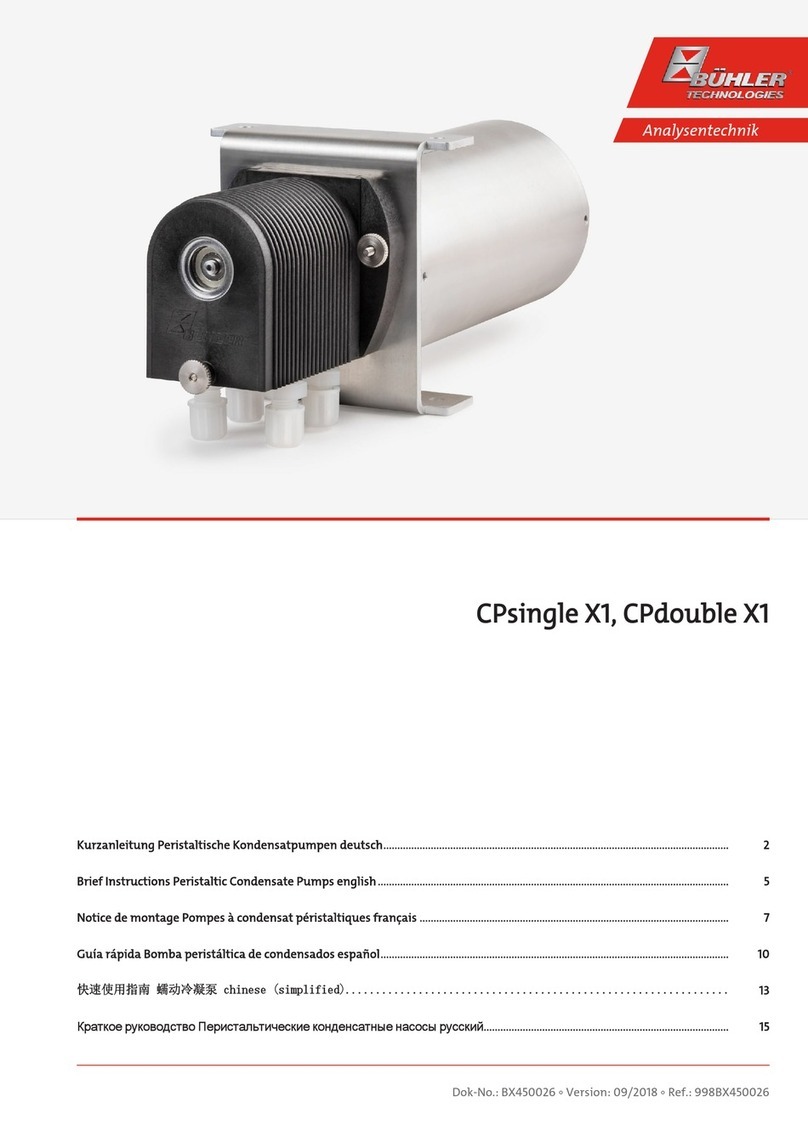
P2.3C P2.4C
Contents
1 Introduction..................................................................................................................................................................................................................... 2
1.1 Intended use .........................................................................................................................................................................................................2
1.2 Item number structure...................................................................................................................................................................................... 3
1.3 Type plate ..............................................................................................................................................................................................................4
1.4 Scope of delivery..................................................................................................................................................................................................4
1.5 Product description ............................................................................................................................................................................................4
1.5.1 Construction ..........................................................................................................................................................................................5
2 Safety instructions.........................................................................................................................................................................................................6
2.1 Important advice .................................................................................................................................................................................................6
2.2 General hazard warnings ................................................................................................................................................................................. 7
3 Transport and storage ..................................................................................................................................................................................................9
4 Installation and connection ...................................................................................................................................................................................... 10
4.1 Requirements for the set-up location......................................................................................................................................................... 10
4.1.1 Outdoor installation...........................................................................................................................................................................11
4.2 Installation ........................................................................................................................................................................................................... 11
4.3 Special condition moist sample gas .............................................................................................................................................................11
4.3.1 Alteration of hanging pump bodies ............................................................................................................................................. 12
4.4 Connecting the gas tubes ................................................................................................................................................................................13
4.4.1 Monitoring the sample gas pump................................................................................................................................................. 13
4.5 Electrical connections ...................................................................................................................................................................................... 14
5 Operation and control .................................................................................................................................................................................................15
5.1 Switching on the sample gas pump ............................................................................................................................................................ 16
5.2 Operating the sample gas pump.................................................................................................................................................................. 16
6 Maintenance...................................................................................................................................................................................................................17
6.1 Maintenance plan............................................................................................................................................................................................. 18
6.2 Inspecting the bellow....................................................................................................................................................................................... 18
6.3 Replacing bellow and connecting rod-eccentric-combination............................................................................................................ 19
6.4 Replacement of the O-ring of the bypass valve (optional)................................................................................................................... 20
6.5 Replacing the inlet and outlet valves .......................................................................................................................................................... 21
6.6 Cleaning the pump console ........................................................................................................................................................................... 21
6.7 Changing the Coupling....................................................................................................................................................................................22
7 Service and repair......................................................................................................................................................................................................... 23
7.1 Troubleshooting and fault rectification.....................................................................................................................................................23
7.2 Spare parts and accessories ...........................................................................................................................................................................24
8 Disposal........................................................................................................................................................................................................................... 25
9 Appendices.....................................................................................................................................................................................................................26
9.1 General specifications for all pumps...........................................................................................................................................................26
9.2 Technical data for P2.3C and P2.4C ..............................................................................................................................................................26
9.3 Temperature classes for P2.3C and P2.4C...................................................................................................................................................26
9.4 Dimensions P2.3C .............................................................................................................................................................................................. 27
9.5 Dimensions P2.4C.............................................................................................................................................................................................. 27
9.6 List of chemical resistance..............................................................................................................................................................................28
9.7 User book (Please make copies) ....................................................................................................................................................................29
10 Attached documents...................................................................................................................................................................................................30
iBühler Technologies GmbHBE420022 ◦ 04/2017
































